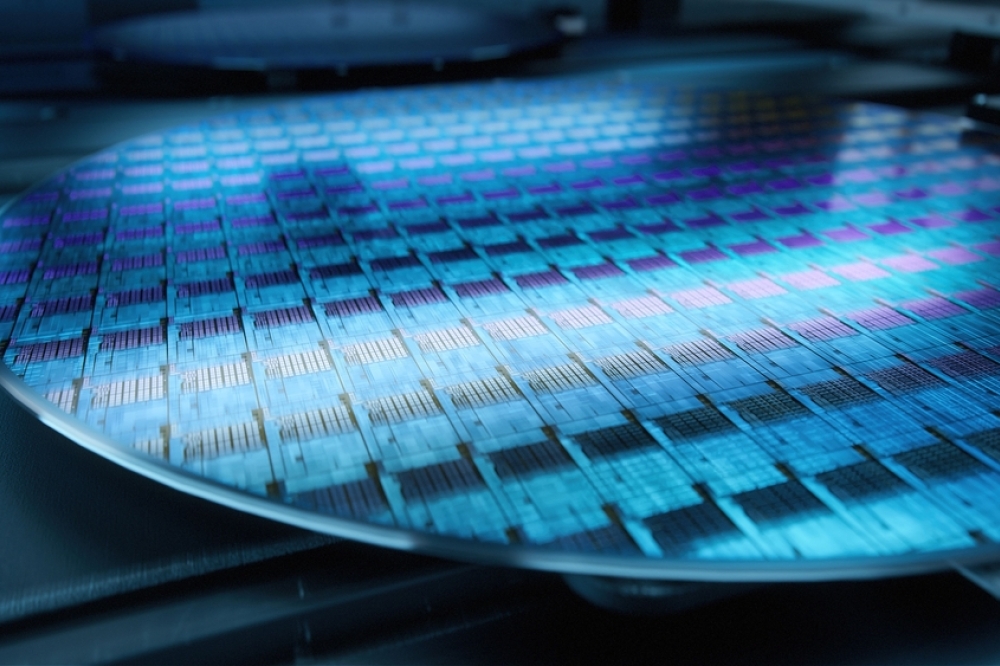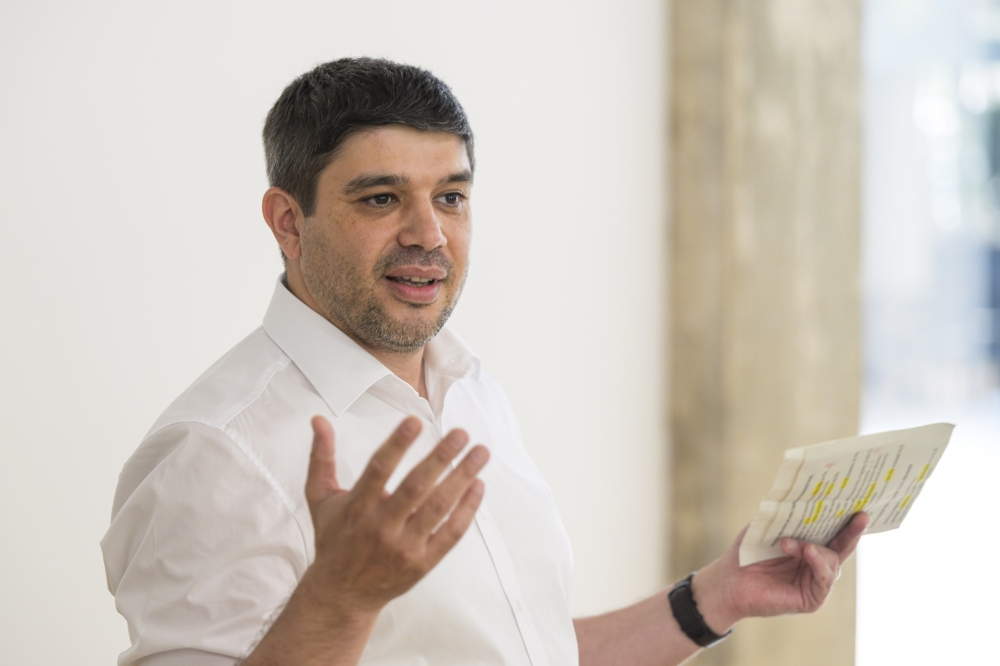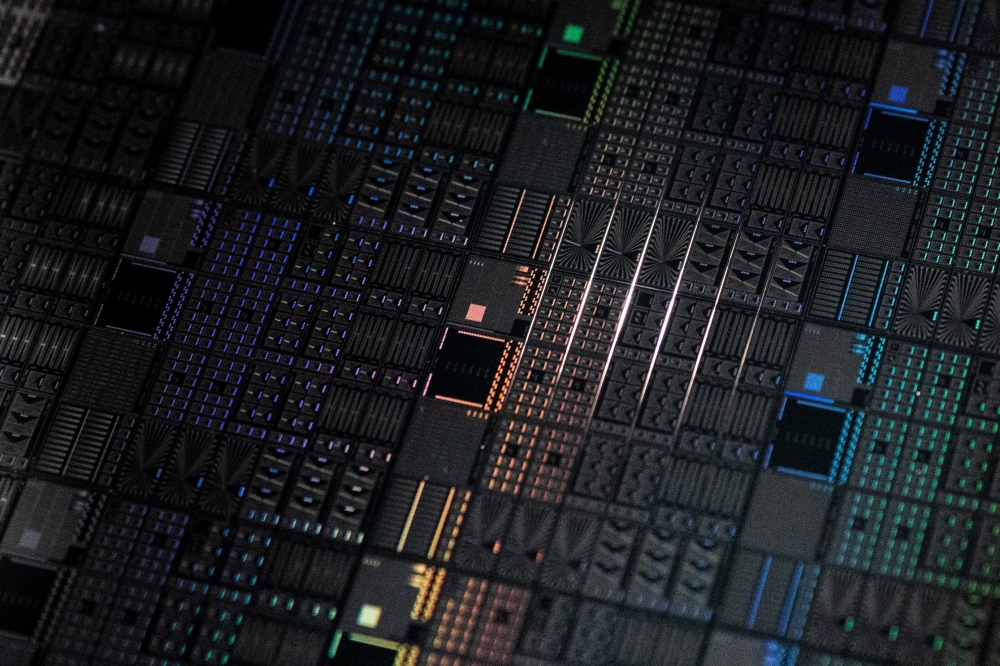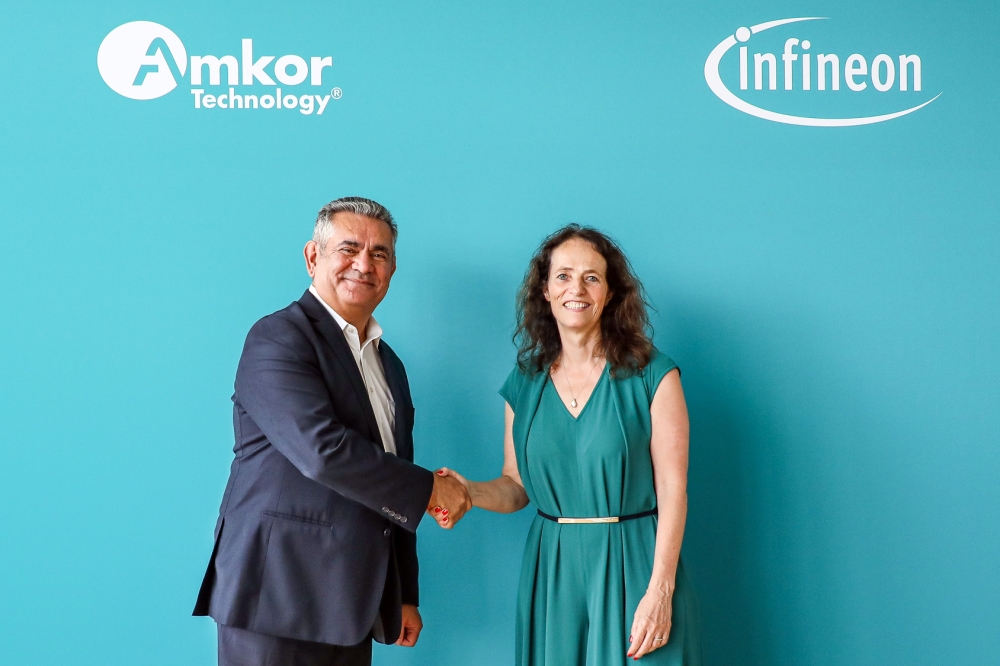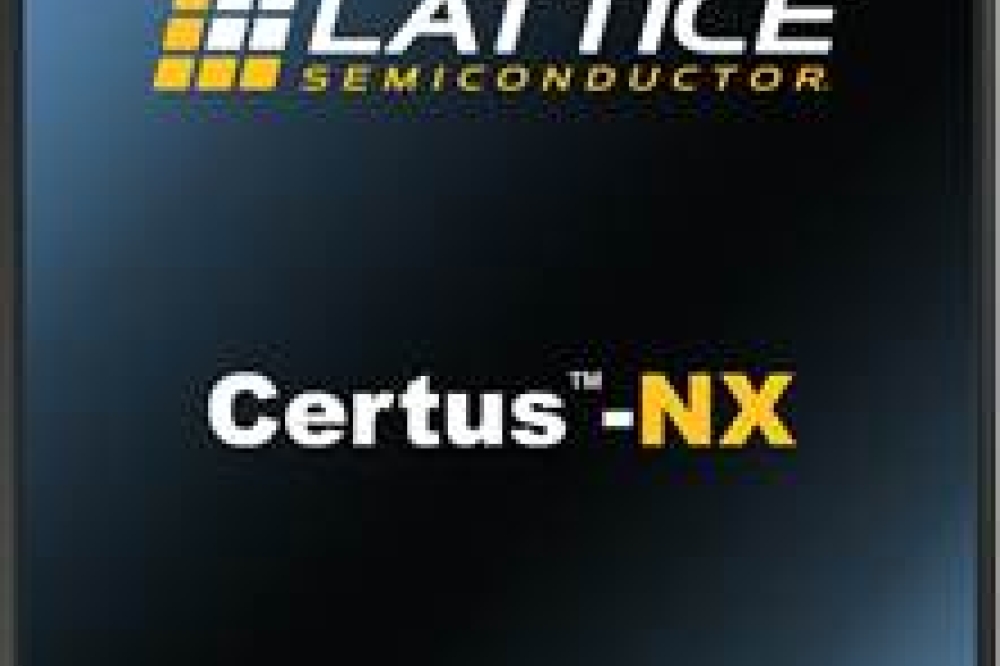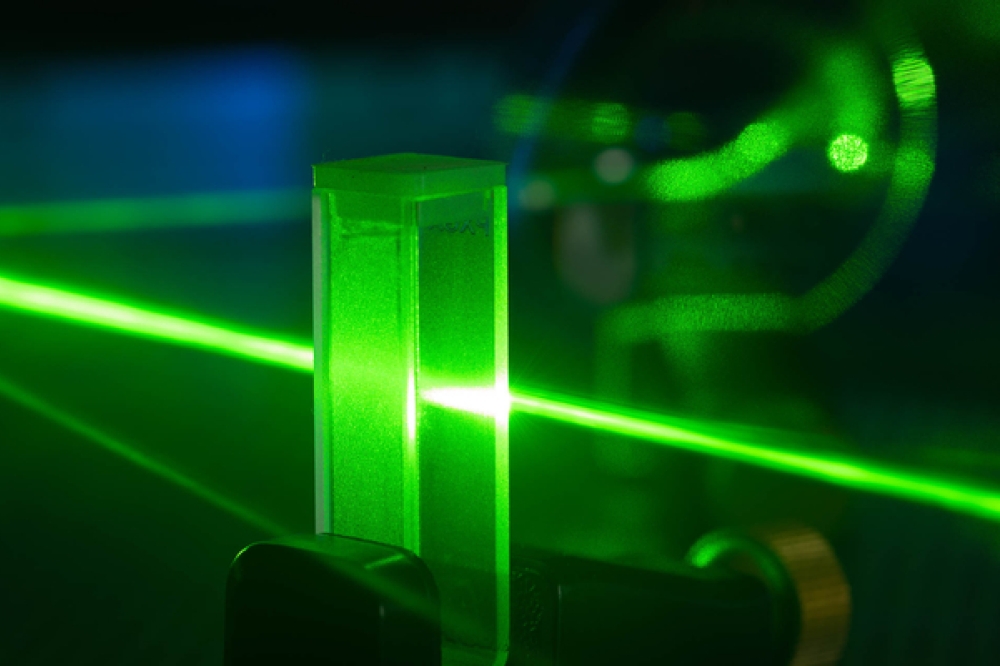New species of electrons can lead to better computing

In a research paper published last week in Science, the collaboration led by MIT's theory professor Leonid Levitov and Manchester's Nobel laureate Sir Andre Geim report a material in which electrons move at a controllable angle to applied fields, similar to sailboats driven diagonally to the wind.
The material is graphene -- one atom-thick chicken wire made from carbon -- but with a difference. It is transformed to a new so-called superlattice state by placing it on top of boron nitride, also known as `white graphite', and then aligning the crystal lattices of the two materials. In contrast to metallic graphene, a graphene superlattice behaves as a semiconductor.
In original graphene, charge carriers behave like massless neutrinos moving at the speed of light and having the electron charge. Although an excellent conductor, graphene does not allow for easy switching on and off of current, which is at the heart of what a transistor does.
Electrons in graphene superlattices are different and behave as neutrinos that acquired a notable mass. This results in a new, relativistic behaviour so that electrons can now skew at large angles to applied fields. The effect is huge, as found in the Manchester-MIT experiments.
The reported relativistic effect has no known analogue in particle physics and extends our understanding of how the universe works.
Beyond the discovery, the observed phenomenon may also help enhance the performance of graphene electronics, making it a worthy companion to silicon.
The research suggests that transistors made from graphene superlattices should consume less energy than conventional semiconductor transistors because charge carriers drift perpendicular to the electric field, which results in little energy dissipation.
The Manchester-MIT researchers demonstrate the first such transistor, which opens a venue for less power hungry computers.
Professor Geim comments 'It is quite a fascinating effect, and it hits a very soft spot in our understanding of complex, so-called topological materials. It is extremely rare to come across with a phenomenon that bridges materials science, particle physics, relativity and topology.'
Professor Levitov adds 'It is widely believed than unconventional approaches to information processing are key for the future of IT hardware. This belief has been the driving force behind a number of important recent developments, in particular the development of spintronics. The demonstrated transistor highlights the promise of graphene-based systems for alternative ways of information processing. '
Story Source:University of Manchester.
Journal Reference:
R. V. Gorbachev, J. C. W. Song, G. L. Yu, A. V. Kretinin, F. Withers, Y. Cao, A. Mishchenko, I. V. Grigorieva, K. S. Novoselov, L. S. Levitov, and A. K. Geim. Detecting topological currents in graphene superlattices. Science, 11 September 2014 DOI: 10.1126/science.1254966


